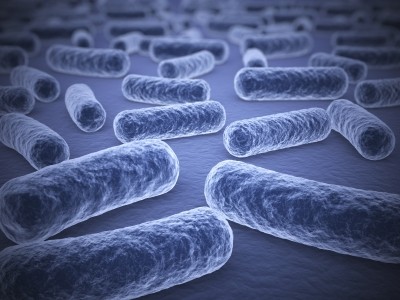Could archaeological record influence modern prebiotic recommendations?
Well preserved faecal samples show that our ancestors regularly consumed in excess of 100 grams per day of prebiotic fibres – considerably more than modern recommendations of between five and eight grams per day for inulin and oligofructose.
These are the conclusions of a new review of the data by archaeologist Jeff Leach, head of the Paleobiotics Lab in New Orleans, and Kristin Sobolik from the University of Maine.
“The accumulating physiological health benefits observed for prebiotics should come as no surprise when you consider the nutritional landscape upon which co-evolution between microbial communities and their human hosts took place,” they state in the British Journal of Nutrition.
“With total dietary intake of ‘fibre’ in the USA averaging less than 20 grams per day, from a remarkably limited number of sources, there should be no doubt that our so-called ‘westernised diet’ of highly processed carbohydrates and reduced quantity and diversity of fermentable substrates has resulted in a nutritional state that may be causing measurable shifts in bacterial species in the microbiome,” they add.
While the term ‘prebiotic’ is relatively new, being coined by Professor Glenn Gibson from the University of Reading and Professor Marcel Roberfroid from the Catholic University of Louvain in 1995 (Journal of Nutrition, Vol. 125, pp. 1401-1412), the consumption of inulin, the most extensively studied of the indigestible prebiotic carbohydrates, dates back tens of thousands of years.
Well-preserved coprolites (fossilised human faeces) from dry cave deposits in the northern Chihuahuan Desert showed that our ancestors from 10,000 years ago adhered to a plant-based diet in this area of the world, predominantly from agave (Agave lechuguilla), sotol (Dasylirion sp.) and onion (Allium drummondii).
Assuming men of this period consumed about 2,700 kcal per day, Leach and Sobolik calculated that 1,350 of these calories would come from these three fructan-rich plants, with 80-90 per cent coming from agave and sotol, they said.
That would equate to a whopping 135 grams per day of inulin-type fructans.
So what does all this mean for people living in the here and now?
Taking an evolutionary perspective on prebiotic intakes indicated that we are well adapted to consuming a lot of prebiotics – vastly exceeding levels currently consumed, said the reviewers. Not only that, but analysing the diet of the past may help us rediscover mixtures of polymeric fibres that boost our overall health and wellbeing in the future, they argue.
“That said, it may be appropriate for prebiotics to be a public health term supported by dietary guidelines to promote consumption of plants and functional foods that provide substrates for the growth of beneficial intestinal flora,” concluded Leach and Sobolik.
Source: British Journal of Nutrition
Published online ahead of print, doi: 10.1017/S0007114510000966
"High dietary intake of prebiotic inulin-type fructans in the prehistoric Chihuahuan Desert"
Authors: J.D. Leach, K.D. Sobolik













